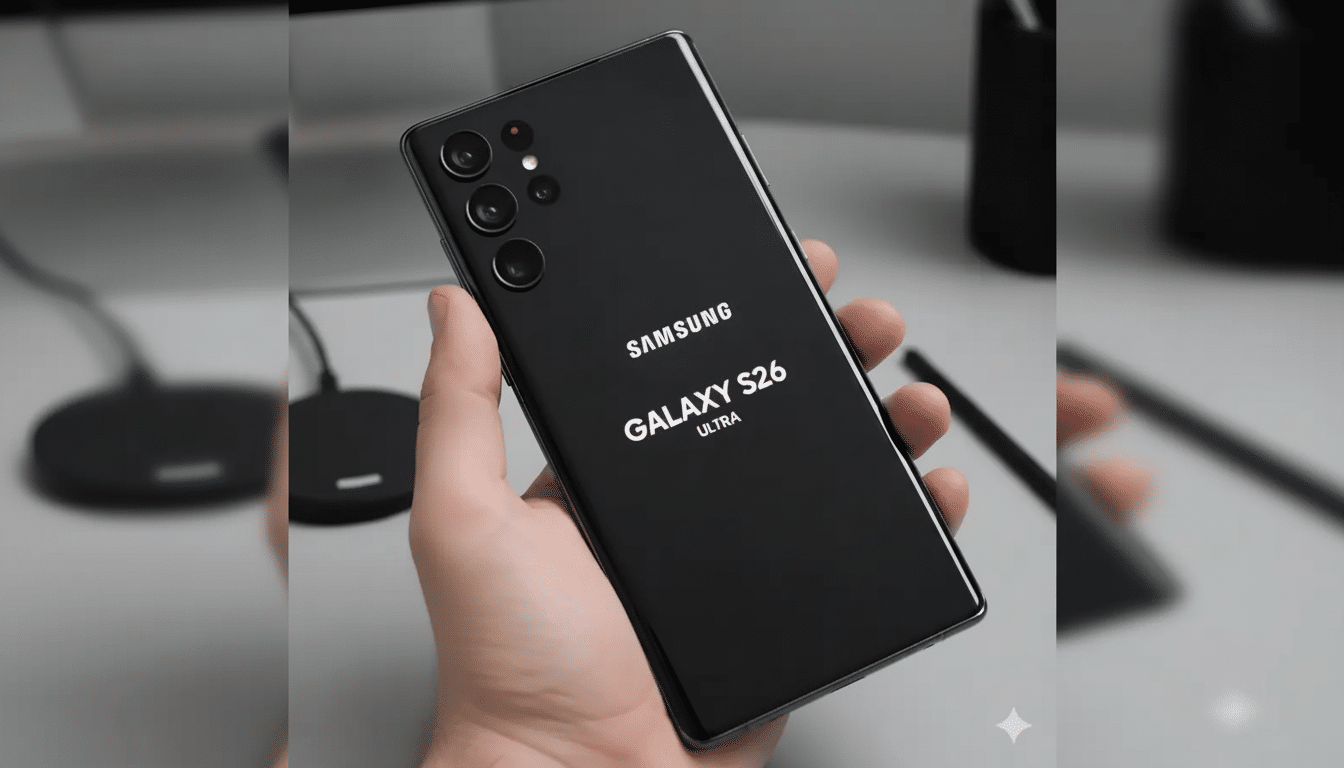New Korean leak suggests Samsung has not changed its mind about splitting the processors in the Galaxy S26s based on region, continuing an approach that alternates between Snapdragon and Exynos silicon depending on where you buy. If true, that sets the tone for performance, battery life and even niche software support in core markets.
What the Galaxy S26 chipset leak says about regions
Korean publication ET News is reporting that the Galaxy S26 Ultra will launch with Qualcomm’s Snapdragon 8 Elite Gen 5 worldwide. The standard Galaxy S26 and S26 Plus, though, will allegedly switch between Snapdragon and Samsung’s Exynos 2600 by region. North America is getting Snapdragon for the S26 and S26 Plus, with Europe and Korea getting Exynos versions, the report says.

The Exynos 2600 will play in the midrange, according to a source cited by ET News that claims it’s Samsung’s first 2nm-class application processor and notes it offered “satisfactory performance,” with heat management said to benefit from Heat Pass Block design, too. However, supply is said to be limited by yield constraints, which may explain a heavier Snapdragon mix. Snapdragon is expected to command about 70% of overall S26 series orders, according to the same report.
Market breakdown: who gets what in each region
If the leak proves true, buyers in the US and Canada will be able to expect Snapdragon inside all three models, with one caveat for the Ultra. If it’s anything like previous years, the Ultra would keep Snapdragon in Europe and Korea, while the S26 and S26 Plus would move to Exynos. Markets not named India, the Middle East and a huge array of Southeast Asia and Latin America are less clear, but we’ve seen in the past that base models tend to favor Exynos — with Snapdragon featuring in only the Ultra.
- Galaxy S26 Ultra: Snapdragon 8 Elite Gen 5 worldwide
- Galaxy S26/S26 Plus: Snapdragon in North America
- Galaxy S26/S26 Plus: Exynos in Europe and Korea; other regions less clear
This is similar to the Galaxy S24 playbook. The S24 Ultra came with Snapdragon everywhere, but S24 and S24 Plus went the other way around — Snapdragon in North America, Exynos in EMEA and Korea. That precedent is evidence that the S26 split is possible, whether final allocations can change between now and launch.
Why Samsung splits chipsets across global markets
Samsung’s dual-sourcing approach is a function of cost, supply security and performance objectives. Employing its in-house Exynos where yields and contracts permit can increase margins and reduce dependence on a single vendor. By locking the Ultra to Snapdragon, you get a uniform halo experience in the most visible model where expectations matter most around performance, gaming thermals and connectivity specs.
Manufacturing realities also matter. Leading-edge nodes, such as 2nm, are famously hard to ramp. Should Exynos 2600 supply be tight, sending the bulk to Snapdragon allows Samsung to saturate global demand without terrible deficits that run long into next year.

Performance, battery life and features to consider
Until now, Snapdragon phones have led Exynos when it comes to peak GPU throughput and sustained performance, but they are often comparable in terms of battery life, with the Exynos models sometimes lasting even longer on some tests. Independent lab testing from sources like GSMArena and Tom’s Guide has also found less variance than in past generations with S24 model silicon, hinting Samsung has ironed out aspects of the silicon for regular use.
The Exynos 2600’s rumored 2nm architecture and thermal improvements might potentially help close the gap even more, particularly for AI workloads where NPUs take pride of place. Next-gen Snapdragon from Qualcomm will fight back with its own NPU and modem upgrades, so who knows how this tech arms race plays out in the real world — slower phone processing or faster internet could depend more on software tuning than raw silicon.
Or look for feature distinctions. Recent Exynos chips supported Google’s Linux Terminal app running on Android, a godsend for developers and power users. Early rumors point to Snapdragon 8 Elite Gen 5 not being able to do so on launch day, although that may change with updates to firmware or specific apps. It’s also a reminder that some small platform features may differ from one chip to another, aside from benchmark numbers.
What it means for Galaxy S26 buyers in each region
In North America, we can expect Snapdragon to be the baseline for performance across all models and a universal Ultra experience. Assuming you’re desperate for the S26 or S26 Plus and own a pen, prepare to trade that in for an Exynos model if you’re in Europe or Korea, while opting for Snapdragon yet again up on Ultra street if you want to equalize reviews from the US. Others, keep an eye out for regional announcements: Operators frequently commit to the chips when they’re within striking distance of kicking off preorders.
In short, the Ultra is starting to look plain and simple in comparison, while the S26 and S26 Plus are likely to go back to differing by region. For most people, the differences will be minor, but gamers and mobile photographers pushing a ton of processor-intensive shots (you know who you are), and developers with specialized needs may still want to see which chip they’re actually getting before hitting buy.
As with all pre-launch reporting, details can change. That said, the ET News take fits with Samsung’s recent playbook, and that aforementioned 70% Snapdragon share potential tells us what supply and performance priorities may look like when the Galaxy S26 family eventually drops.

